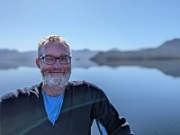
Graeme Ewing is widely regarded as the ‘Swiss Army Knife’ of researchers – such is the diversity of his scientific and technical skillset.
For nearly three decades Graeme has been a fisheries research stalwart. Either side of a stint at the Australian Antarctic Division (AAD), he’s spent 25 years as a technical officer and research scientist at IMAS and its predecessors at our Taroona Marine Laboratories.
As a technical officer, Graeme has been instrumental in providing research support to a range of areas, including the successful fisheries-based research of over 20 scalefish and cephalopod species, as well as rock lobster and scallop fisheries. This work has helped underpin sustainable management of Tasmania’s marine resources.
And for these achievements in the technical support of marine science, Graeme has been recognised with the Australian Marine Sciences Association (AMSA) Technical Award – an accolade made sweeter by the fact it’s come in the year of his retirement.
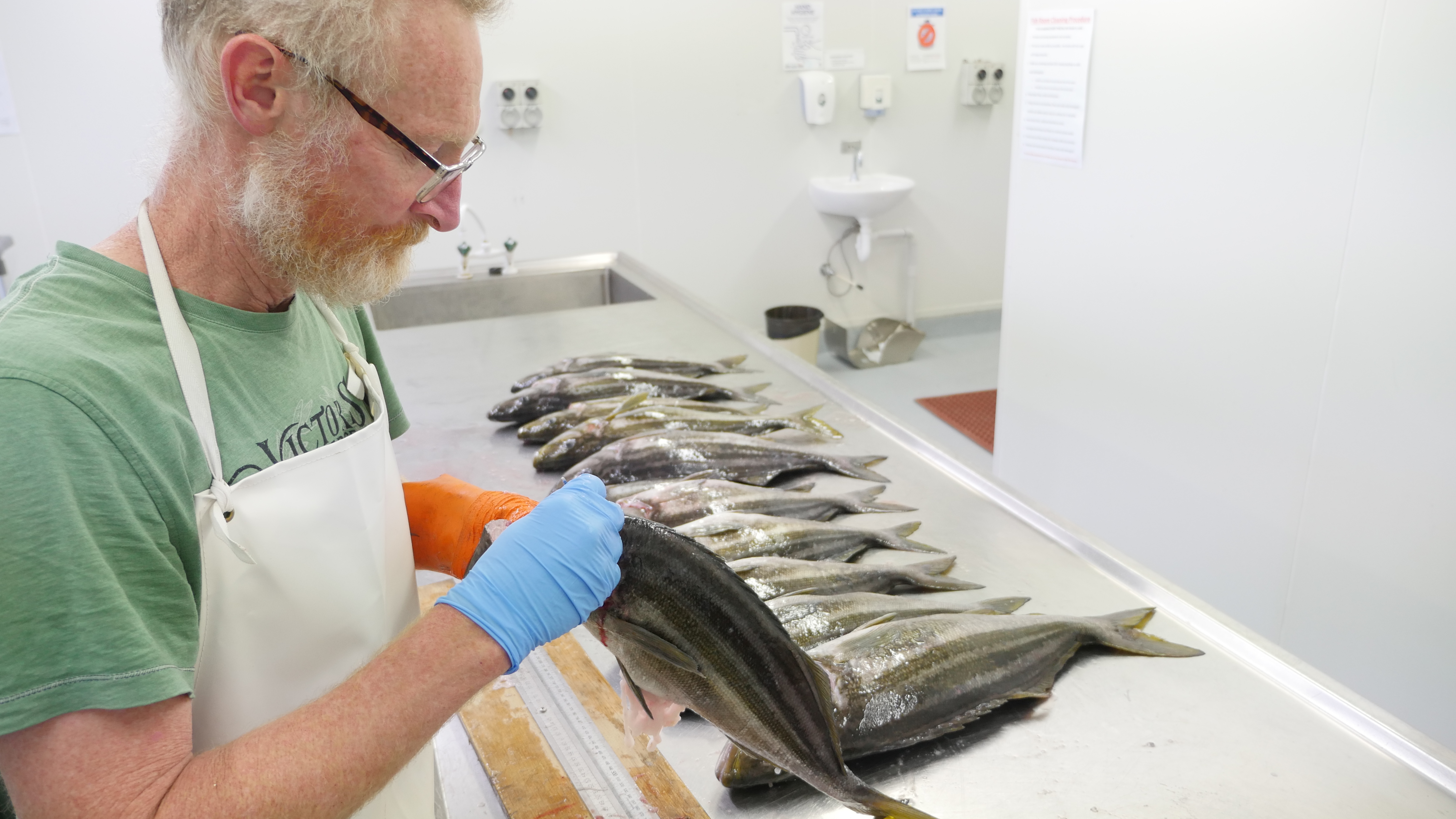
“I’ve enjoyed the privilege of working closely with world leaders in marine science at IMAS. Being a cog in this machine, which provides evidence to sustainably manage wild fisheries, has given me a meaningful and worthwhile career – further enhanced by the camaraderie of our field teams and the beauty of our coastline.”
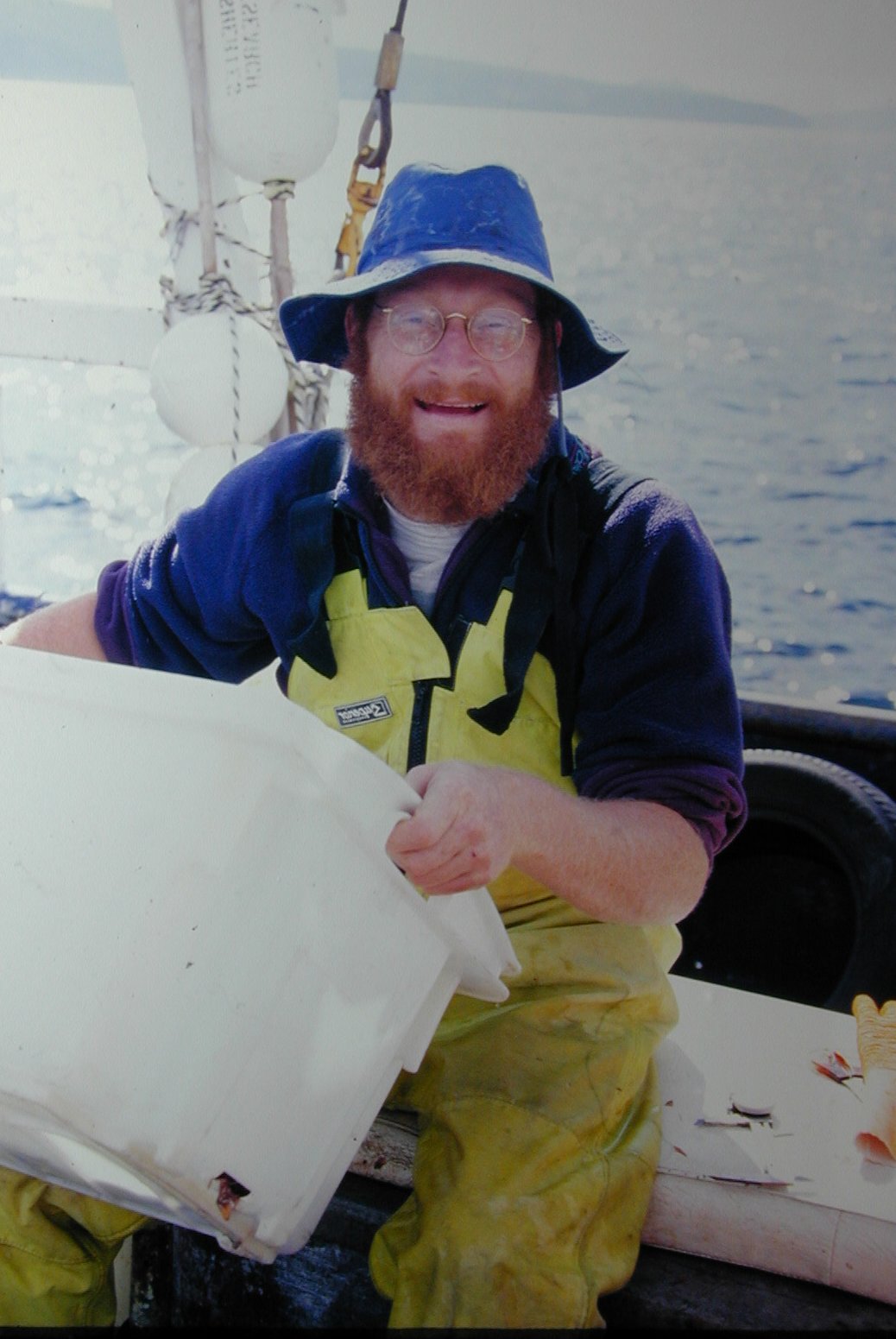 Graeme has been involved in countless field trips involving diving and equipment deployment; data collection, management and analysis; laboratory work involving fish dissection and ageing, tissue histology, microscopy, and image analysis; and numerous scientific papers and reports.
Graeme has been involved in countless field trips involving diving and equipment deployment; data collection, management and analysis; laboratory work involving fish dissection and ageing, tissue histology, microscopy, and image analysis; and numerous scientific papers and reports.
“This work has involved many memorable field trips around Tasmania’s spectacular, remote and unforgiving coastline – sometimes over extended periods and in adverse seas. Keeping the propellors turning in such challenging conditions fosters a team spirit that I’ve seldom experienced in past 9-5 jobs.”
Graeme has also forged productive relationships with resource managers, commercial and recreational fishers, school students and members of the general public. His passion for science communication has allowed him to both promote the role of research in achieving sustainable fishing practices and facilitate citizen science contributions to research.
He’s even mentored and trained numerous junior research staff and postgraduate students in field and laboratory skills.
“I’ve been honoured and inspired to work with our fiercely intelligent, focussed, and clear-sighted postgraduate students who are destined to be our future leaders in science. They fill me with hope for the future.”
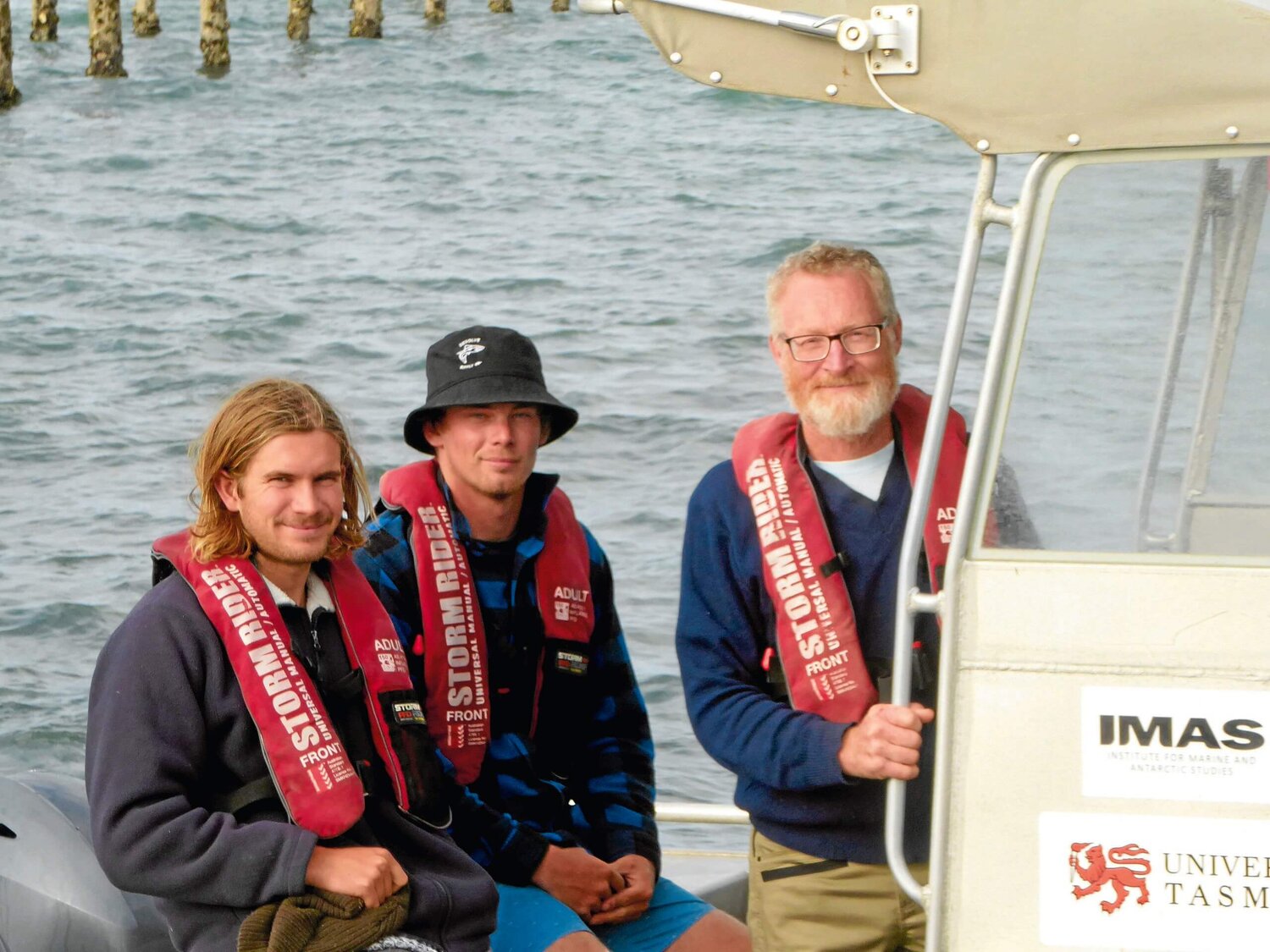 | 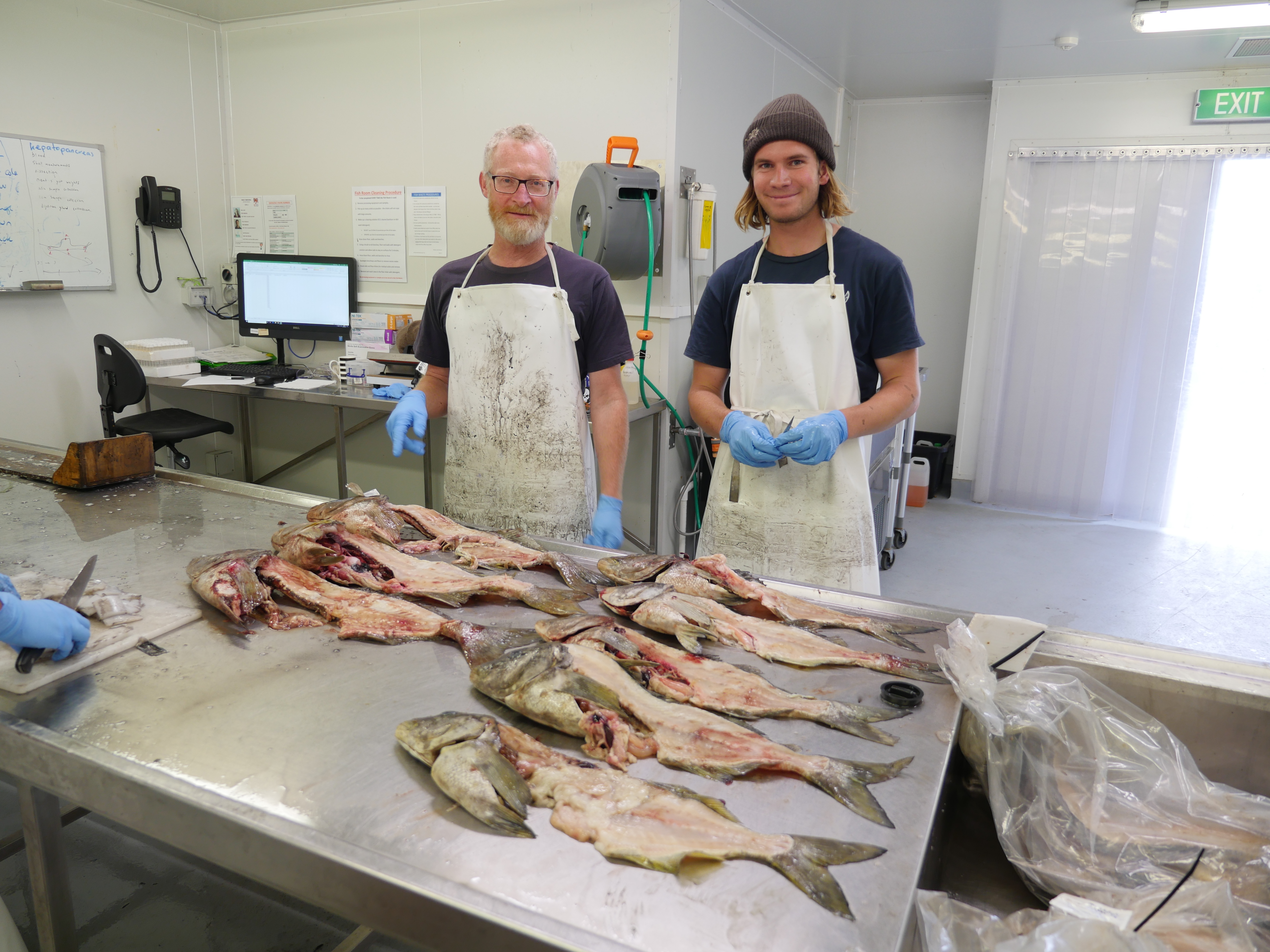 |
|---|
Incredibly, Graeme has worked at the Taroona site across its transformation from Tasmanian Government fisheries laboratories to the current collaborative structure of IMAS – and has contributed to this evolution.
“These changes have brought broader funding and collaboration opportunities which have enhanced our research and educational outcomes in sustainable fisheries management. It’s been rewarding to have played a part in this evolution during my time here.”
Associate Professor Sean Tracey, Centre Head of IMAS Fisheries and Aquaculture, said Graeme had made an extraordinary contribution to Australian marine science and is highly deserving of the AMSA award.
“Graeme has always been respected and valued by fellow technical officers, lead researchers, students, fishers and resource managers because of his ability to educate people from all walks of life on fisheries science,” he said.
“His extensive knowledge of almost all the field, laboratory and technical operations at IMAS means he’s often the ‘go-to’ person for any seemingly unsolvable problem”.
“Even when working long days on or under the water, Graeme will always find the time to contribute to the success of other projects or assist other researchers. This includes training a generation or two of technical and academic staff”.
“When he retires later this year, he’ll be leaving a huge legacy – and knowledge gap – at IMAS.”
While Graeme will close the book on his marine science career in September, he’s not one to sit idle.
“The next chapter for my partner and I is to re-wild the wetland areas of our Bruny Island property to create a wildlife sanctuary for local flora and fauna.”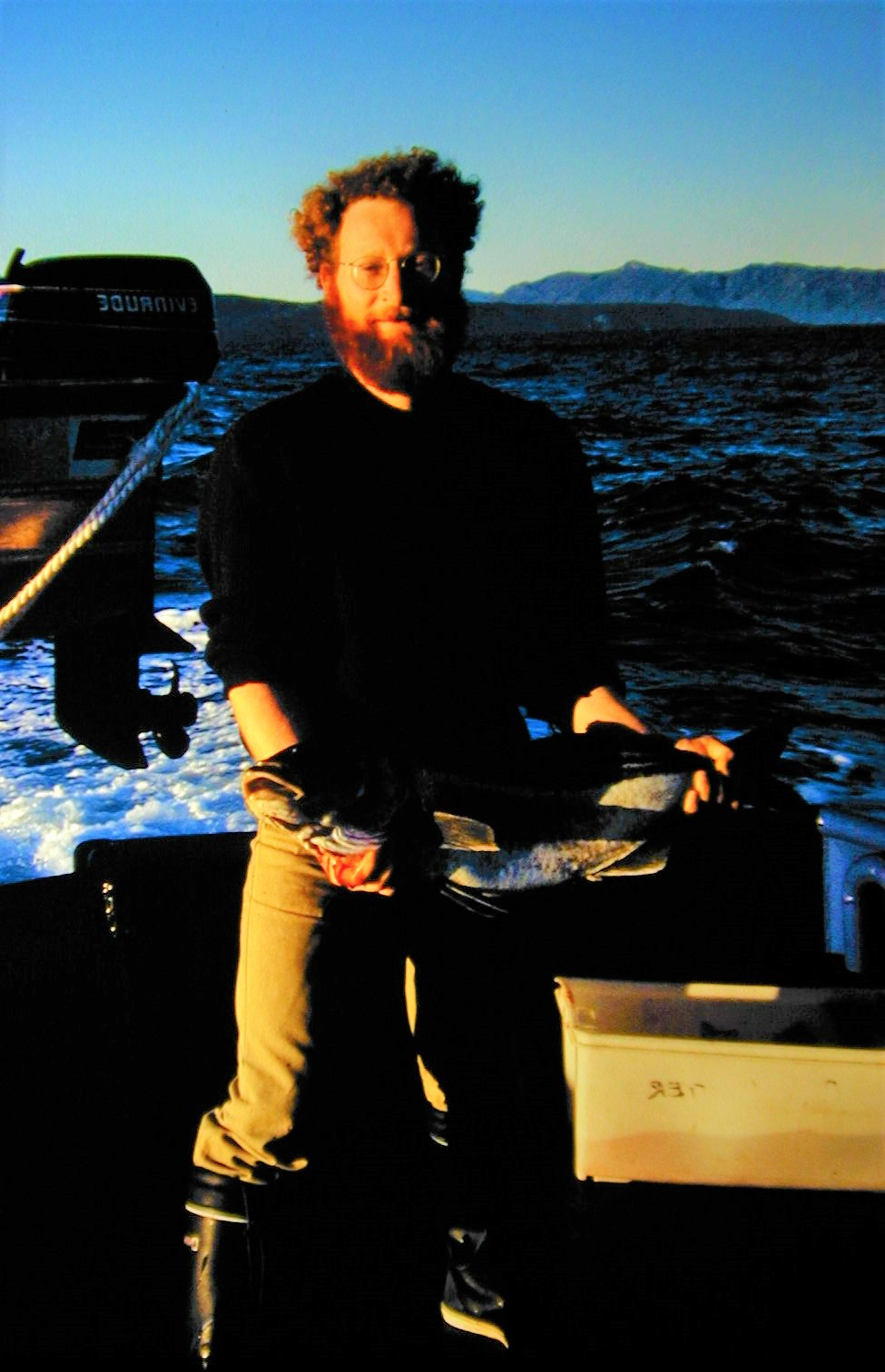
Graeme’s other key career highlights:
Images:
Published 3 August 2022